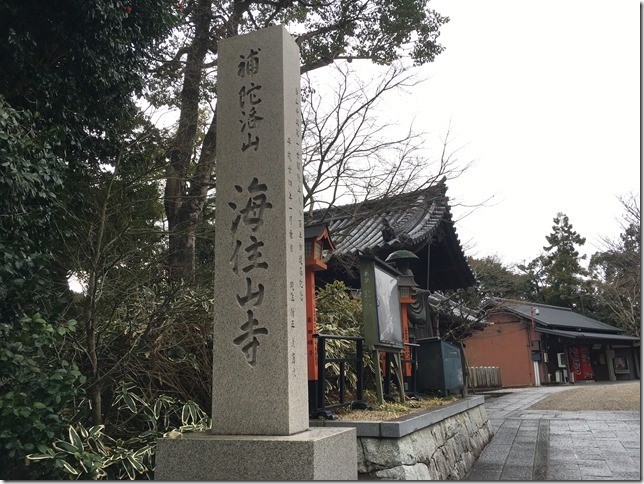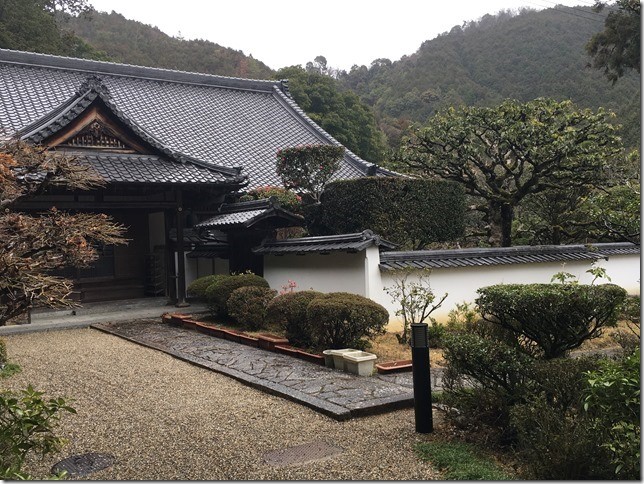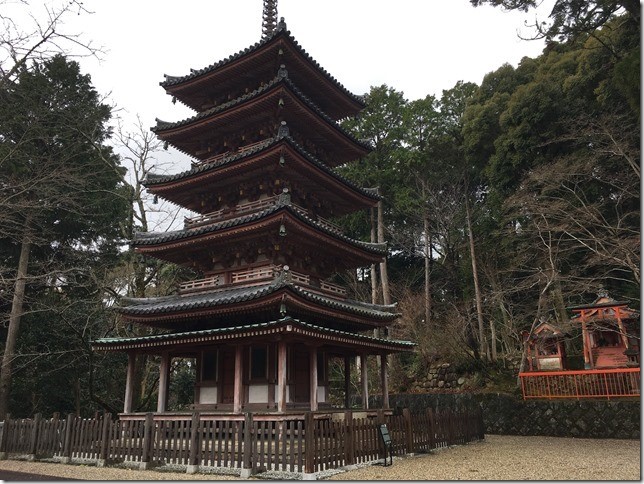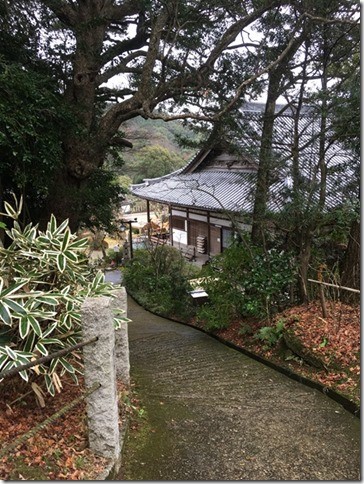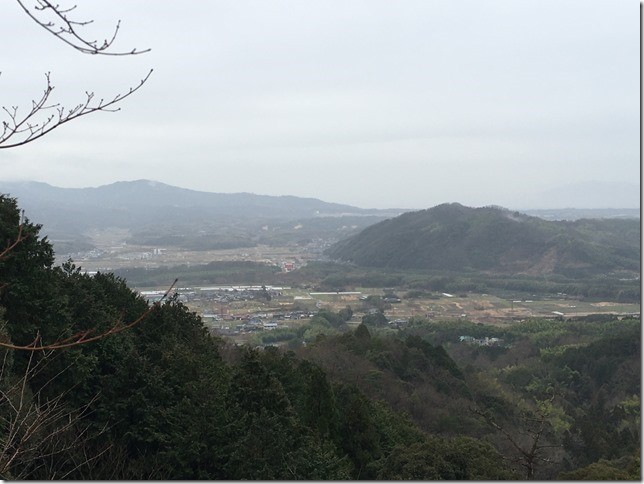Kaijusenji Temple
Written by National Government Licensed Guide Interpreter Michie Omoto
It might be a long way walking for you to reach Kaijusenji temple. From the bus stop you have to walk for 40 minutes at least. Going up the steep and winding slope is climbing a mountain itself.
The characteristics in the name Kaijusenji mean kai(sea),ju(reside), sen(mountain) and ji(temple), referring to the mythical pure land inhabited by Kannon( Bodhisattva of Mercy), which is said to lie far off in the southern seas.
Being in the mountains, you can see its different scenes depending on the time of year. Cherry blossoms in spring, fresh green leaves in summer and colorful leaves in autumn, all these nice scenes you find out in the temple website. They could make you refresh.
In the precincts there are several buildings, Hondo, main hall, Monjudo Hall and five-storied pagoda. Monjudo hall is an important cultural property. It was originally built in the Kamakura period almost 700 years ago.
Beautiful Five-storied Pagoda is a Japanese National Treasure. It is 17.7m tall. It was originally built in 1214 (the Kamakura period).
It looks like six-storied pagoda but the lowest part of the rooves is called “mokoshi” which is an ornamental roof preventing the construction from rain, wind and snow. This additional roof is one of its characteristics.
For hundred years through many times of restoration the original style of pagoda has been handed down.
The bayberry tree is the biggest one in Kyoto. See how big it is!
If you were a treasure lover, the best time to visit here is during public open week in limited seasons. Important temple assets only open to the public on specific days in spring or autumn.
Among the Kaijyusenji Temple’s treasures my favorite is the Standing Four Heavenly Kings ( Shitenno Ryuzo ). I was quite fascinated by their vivid armored figures. They used to be enshrined in the pagoda but are now at the Nara National Museum.
